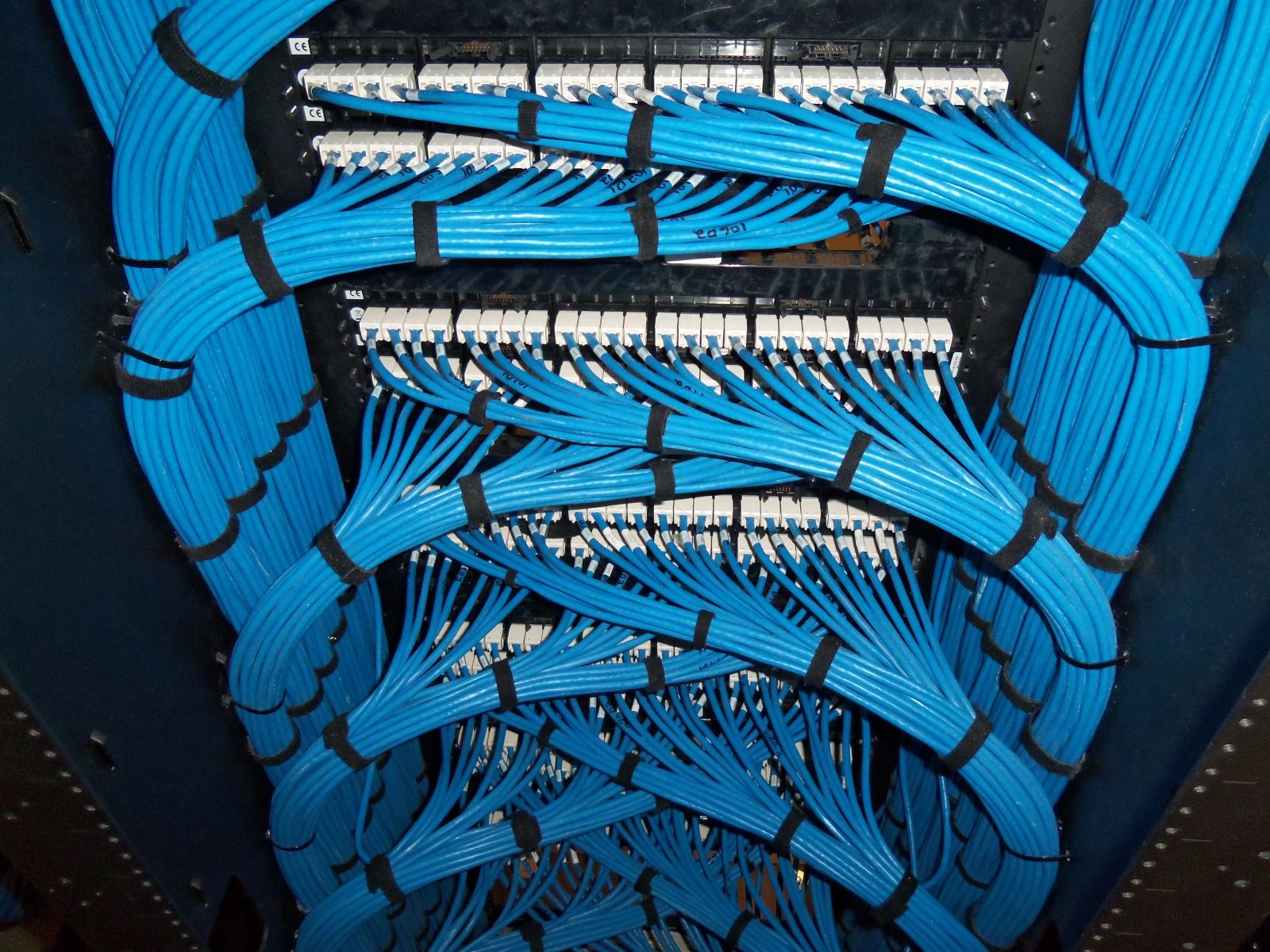In today’s digital age, a reliable and efficient network is the lifeblood of any business. From smooth communication to data security, your network infrastructure plays a crucial role in your day-to-day operations and overall success. This is where structured cabling solutions come into play.
A structured cabling system is the organised and standardised approach to designing and installing your network’s physical infrastructure. It goes beyond just a jumble of wires; it’s a meticulously planned system that ensures optimal performance, scalability, and future-proofing for your business needs.
Why Choose Structured Cabling Solutions?
The benefits of implementing a structured cabling system are numerous:
Enhanced Performance:
Say goodbye to lag and dropped connections. Structured cabling uses high-quality cables and components that support faster data transfer speeds and reliable signal transmission.
Increased Scalability:
As your business grows, your network needs to evolve with it. A structured system allows for easy expansion and modifications without having to rip everything out and start from scratch.
Improved Organisation:
Gone are the days of tangled wires and messy workstations. Structured cabling promotes a clean and organised network infrastructure, making maintenance and troubleshooting a breeze.
Cost-Effectiveness:
While an initial investment is required, a well-designed structured cabling system saves money in the long run. With its durability, flexibility, and reduced downtime, you’ll experience improved operational efficiency and lower maintenance costs.
Enhanced Security:
Structured cabling systems adhere to industry standards and regulations, ensuring secure data transmission and minimising the risk of breaches or unauthorised access.
Components of a Structured Cabling System
A typical structured cabling system consists of several key components:
- Cabling: This includes twisted-pair copper cables (Cat5e, Cat6, etc.) and fibre optic cables for high-speed data transmission over long distances.
- Patch Panels: These panels provide connection points for cables, allowing for easy organisation and reconfiguration.
- Wall Jacks: These outlets at workstations and other locations offer access points for connecting devices to the network.
- Cable Management: Conduits, trays, and other tools keep cables organised and protected from damage.
Choosing the Right Solution:
With various cabling types and system designs available, finding the perfect structured cabling solution for your business requires careful consideration. Factors to consider include:
- Business size and needs: Analyse your current and future network requirements to determine the appropriate cable types and system capacity.
- Budget: Choose a system that fits your budget while meeting your essential performance and scalability needs.
- Regulations and standards:† Ensure your chosen system complies with relevant industry regulations and safety standards.
Investing in Your Future:
Implementing a structured cabling system is an investment in your business’s future. It provides a solid foundation for your network infrastructure, enabling reliable connectivity, efficient operations, and a competitive edge in today’s digital landscape.
Remember:
- †Conduct thorough research to find a qualified installer with experience in designing and implementing structured cabling systems for businesses.
- Clearly communicate your specific needs and budget to ensure the chosen solution aligns with your business goals.
- Regularly maintain and update your structured cabling system to ensure optimal performance and longevity.
By investing in a well-designed and implemented structured cabling system, you can empower your business with a reliable and scalable network infrastructure, setting the stage for seamless connectivity and future growth.







Leave A Comment